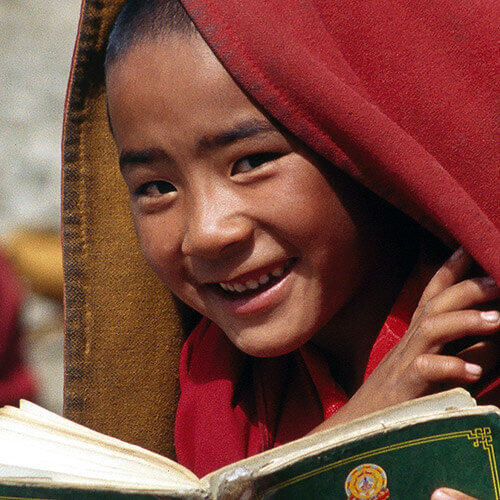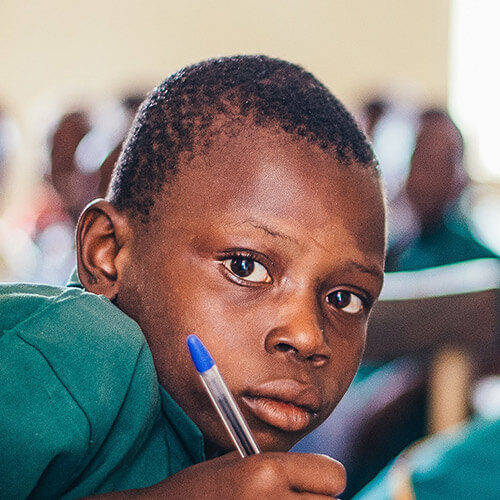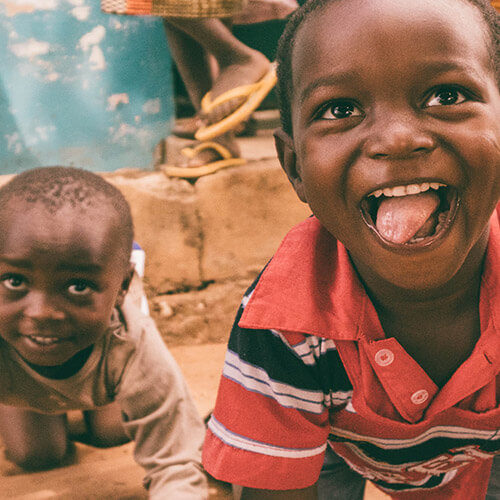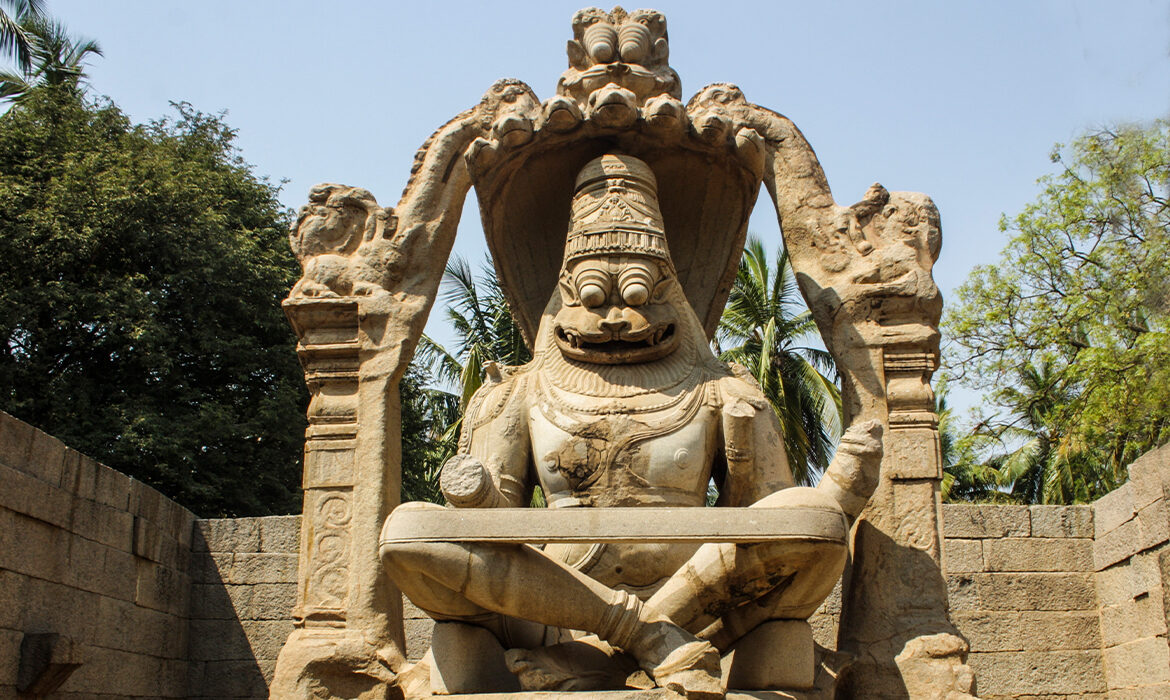Lepakshi- The Forgotten Gem
“Lepakshi is a small village in Anantapur district of Andhra Pradesh about 13km from Hindupur. Lepakshi temple it is also known as Veerbhadra. it is famous for three shrines, lord Vishnu, lord Shiva and lord Veerabhadra. The temple is built in the Vijayanagar architectural style.”
Built in 16th century, the architecture features of the temple in the form of vijayanagara style. It is constructed by two brothers, viranna and virupanna during the region of king achutaraya. But according to puranic story, the temple was built by sage Agastya. A very large Nandi, mount of shiva about 660ft away from the temple is craved from single block stone.it is said to be one of the largest of its type in the world.
The temple built on southern side of lepakshi town and hillock of a large exposure of granite rock in the shape of tortoise and called as kurma saila. According to skanda purana it is one of divyakshetras, which is an important pilgrimage site of lord shiva. the main temple is divided in three parts, the assembly hall called as the mukha mantapa and garbhagriha and arda mantapa. the outer most wall has three gates. temple has idols of ganesha, nandi, veerabhadra, shiva bhadrakali, Vishnu and Lakshmi. the unique of the temple is a foot print that is believe to be of maa sita. when ravana was abducting goddess sita, they stopped at this temple for rest.
The inscription on the prakara wall of the temple, the village is called as letakasha, lepakshi and lepakshipura the basvanna temple with big nandi statue is the main temple. a nice park is built around the temple. a 27 ft length and 15 feet height, India’s biggest monolithic nandi. the various deity of God and goddess have been carved on the wall and pillar a roof painting spread all over the roof of temple. the hanging pillar of lepakshi temple, which does not rest on the fully. there are about 70 pillars of stone in vijayanagara state. a thin piece of paper can be passed from below the pillar.
A unique huge Shivalinga is hooded under a seven headed snake and an incomplete structure called Kalyan mantapa. it is said that if this Kalyan mantapa had been complete, lord shiva and Parvati marriage would have happened here. this construction was started, while the king himself was on a trip. then within came back, he was a furious for spent the kingdom’s money on this construction without kings’ approval so that the Kalyan mantapa construction remains incomplete. a red mark in one of wall is strongly resembles an eye. the punishment for the king to stop a Kalyan mantapa was that his eyes be popped out and the eye mark of one of the walls.
Jatayu theme park is the place where jatayu saw ravana abducting sita, he tried to rescue sita from ravana. Jatayu fought with ravana and he fell on the rocks in lepakshi and wings were chopped off by ravana.











